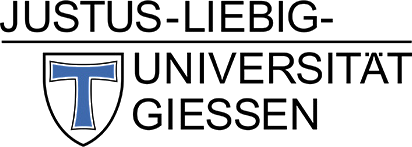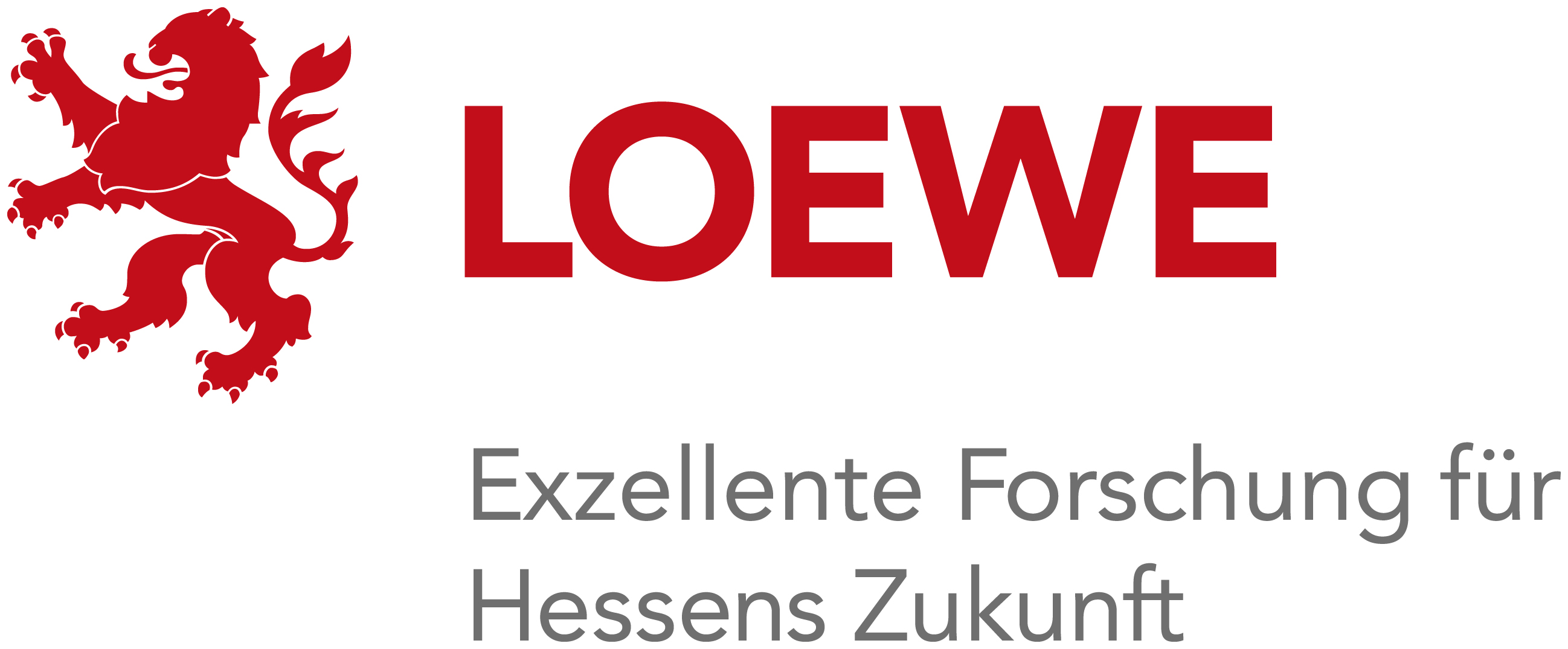Main Content
Research team creates data network of biodiversity
The Nature 4.0 project presents integrated concept to monitor biodiversity

Species monitor themselves: A research group led by Marburg geographer Dr. Dirk Zeuss has proposed a novel concept for networked environmental monitoring that can be used to map vast natural areas over a long period of time without losing detail. The forty-strong team uses animals and plants, among other things, as carriers for measuring devices and cameras to collect data from natural habitats. The scientists report on their findings in the journal "Global Change Biology".
Experts have been warning for a long time: in the media shadow of climate change, a drastic extinction of species is taking place, which is also endangering ecosystems as a whole and their services. In order to take meaningful countermeasures, we need data on species populations and how they are changing. "So far, the level of detail has come at the expense of the temporal and spatial scope and vice versa," explains environmental computer scientist Dr. Dirk Zeuss from the Philipps University of Marburg, who is the lead author of this study.
For example, satellite data provides information about the plant cover and its seasonal changes, but not about the species that make up the vegetation. In order to understand natural habitats as systems, long-term monitoring is needed to provide information on species diversity, ecosystem services and environmental conditions in the area.
This is where the "Nature 4.0" project, which is based in Marburg and received funding from the "LOEWE" program of the state of Hesse, comes in. "The interdisciplinary project combines observations by experts with networked remote sensing and environmental sensors," explains Zeuss. The sensors are attached to remote-controlled aircraft, moving robots, trees or animals, for example.
"Our networked sensor system consists of three closely linked main components," explains Zeuss, "namely sensors, data transmission and data storage." The university forest at Philipps University in Caldern, Upper Hesse, serves as a test area. "We tried out our new environmental observation methods in the university forest, which is an important part of research and teaching at Philipps University as the 'Marburg Open Forest'," explains the geographer.
Animals and plants are not just objects of observation, but serve as part of the infrastructure. "We present our own practical application examples," reports the environmental information scientist. For example, the team attached mini cameras or tracking devices to birds and bats, which constantly provide data about their habitat and behavior.
"Networked sensor systems have the potential to close the monitoring gap between observations in the field and area-wide remote sensing," summarizes Zeuss. "They provide practitioners with a dense observation network that maps biodiversity almost in real time, which would not be possible with field observations alone. As a result, Nature 4.0 shows that environmental monitoring is possible with inexpensive and modular sensor components."
Geographer Dr. Dirk Zeuss currently holds the Chair of Environmental Informatics at the Philipps University of Marburg, while co-author Professor Dr. Thomas Nauss serves as University President. In addition to the Marburg departments of Geography, Biology, Mathematics and Computer Science, the universities in Giessen, Frankfurt am Main, Darmstadt, Paris and the Senckenberg Institute in Frankfurt also participated in the research work, which was financially supported by the state of Hesse through the state excellence initiative "LOEWE".
Original publication: Dirk Zeuss & al.: Nature 4.0: A networked sensor system for integrated biodiversity monitoring, Global Change Biology 2023, DOI: https://doi.org/10.1111/GCB.17056
Short video about the project: https://youtu.be/u_PPubQTDyY?feature=shared
This is an automatic translation of the original article, which can be found here: https://www.uni-marburg.de/de/aktuelles/news/2023/forschungsteam-knuepft-datennetz-der-artenvielfalt





